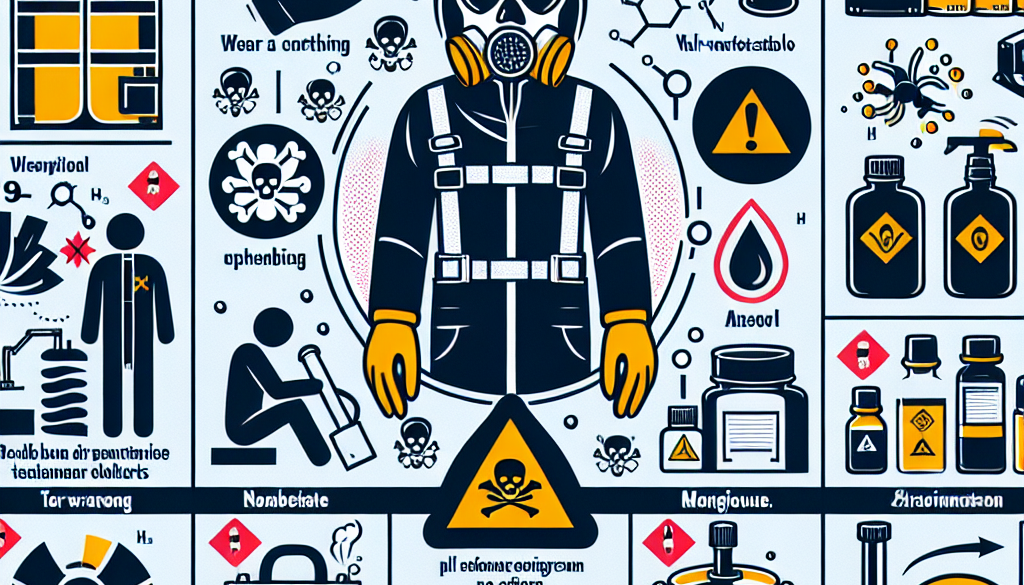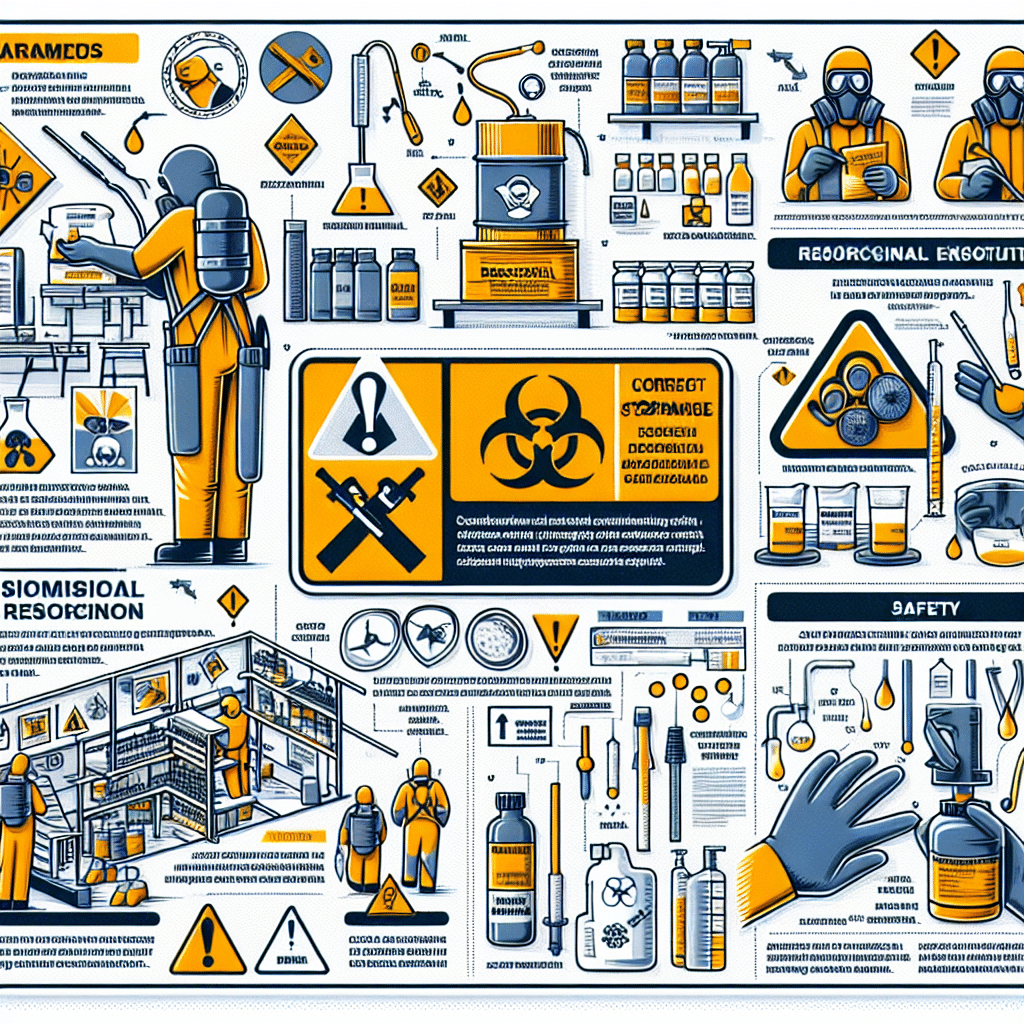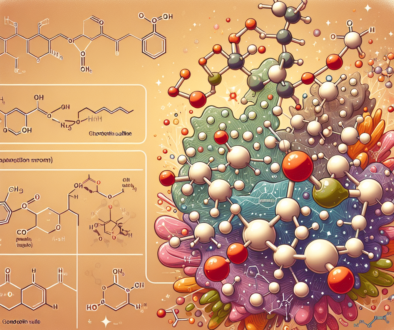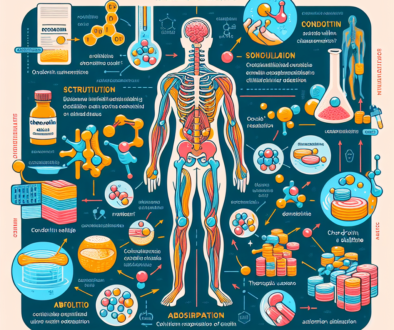Hazards of Resorcinol: Safety Precautions
-
Table of Contents
- Hazards of Resorcinol: Essential Safety Precautions
- Understanding Resorcinol
- The Hazards of Resorcinol Exposure
- Case Studies and Statistics
- Regulatory Standards for Resorcinol
- Safety Precautions When Handling Resorcinol
- Conclusion: Prioritizing Safety with Resorcinol
- Discover ETchem’s Protein Products
Hazards of Resorcinol: Essential Safety Precautions
Resorcinol is a chemical compound used in various industries, from pharmaceuticals to cosmetics. While it serves many beneficial purposes, it is not without its hazards. Understanding the risks associated with resorcinol and the necessary safety precautions is crucial for protecting human health and the environment. This article delves into the potential dangers of resorcinol and outlines the best practices for handling and exposure prevention.
Understanding Resorcinol
Resorcinol (C6H6O2) is a white crystalline compound that is soluble in water, alcohol, and ether. It is commonly used in the production of adhesives, rubber compounds, dyes, pharmaceuticals, and as a disinfectant. In the cosmetic industry, it is found in hair dyes, acne treatments, and skin lightening products.
The Hazards of Resorcinol Exposure
Exposure to resorcinol can occur through inhalation, ingestion, or skin contact. The potential health hazards associated with resorcinol exposure include:
- Respiratory Issues: Inhalation of resorcinol vapors can lead to respiratory irritation, coughing, and shortness of breath.
- Skin Irritation: Direct skin contact can cause dermatitis, redness, and blistering.
- Eye Damage: Resorcinol can cause severe eye irritation and even permanent damage if not washed out immediately after contact.
- Systemic Toxicity: High levels of exposure can affect the central nervous system, leading to symptoms such as dizziness, headache, and confusion.
- Endocrine Disruption: There is evidence to suggest that resorcinol can disrupt thyroid function, potentially leading to hormonal imbalances.
Case Studies and Statistics
Several case studies have highlighted the dangers of resorcinol. For instance, occupational exposure in industrial settings has been linked to thyroid abnormalities among workers. Additionally, reports from the cosmetic industry have shown that improper use of hair dyes containing resorcinol can lead to severe allergic reactions.
Statistics from poison control centers indicate that resorcinol is a common cause of chemical-related injuries and illnesses, particularly in the workplace. The Centers for Disease Control and Prevention (CDC) and the Occupational Safety and Health Administration (OSHA) have documented cases and set guidelines to mitigate these risks.
Regulatory Standards for Resorcinol
Various regulatory bodies have established standards to limit exposure to resorcinol:
- The Environmental Protection Agency (EPA) regulates the use of resorcinol in pesticides and other products.
- OSHA has set permissible exposure limits (PELs) for resorcinol in the workplace.
- The Food and Drug Administration (FDA) oversees the concentration of resorcinol allowed in over-the-counter products.
Safety Precautions When Handling Resorcinol
To minimize the risks associated with resorcinol, it is essential to follow these safety precautions:
- Personal Protective Equipment (PPE): Wear appropriate PPE, including gloves, goggles, and respiratory protection, when handling resorcinol.
- Ventilation: Ensure proper ventilation in areas where resorcinol is used to prevent the buildup of vapors.
- Storage: Store resorcinol in a cool, dry place away from incompatible substances and direct sunlight.
- Spill Management: Have a spill response plan in place and use absorbent materials to contain and clean up any spills promptly.
- Training: Provide comprehensive training for employees on the proper handling and disposal of resorcinol.
Conclusion: Prioritizing Safety with Resorcinol
In conclusion, while resorcinol is a valuable chemical in various applications, its hazards cannot be overlooked. By understanding the potential risks and implementing strict safety precautions, we can mitigate the dangers and ensure a safer environment for all. It is the responsibility of industries, regulatory bodies, and individuals to prioritize safety when dealing with resorcinol.
Discover ETchem’s Protein Products
In contrast to the hazards associated with chemicals like resorcinol, ETchem offers a range of safe and high-quality protein products. ETchem’s protein offerings, including various types of collagen, are produced with the utmost care to ensure safety and efficacy. These products are ideal for industries seeking reliable and health-conscious ingredients for their formulations.
About ETChem:
ETChem, a reputable Chinese Collagen factory manufacturer and supplier, is renowned for producing, stocking, exporting, and delivering the highest quality collagens. They include marine collagen, fish collagen, bovine collagen, chicken collagen, type I collagen, type II collagen and type III collagen etc. Their offerings, characterized by a neutral taste, instant solubility attributes, cater to a diverse range of industries. They serve nutraceutical, pharmaceutical, cosmeceutical, veterinary, as well as food and beverage finished product distributors, traders, and manufacturers across Europe, USA, Canada, Australia, Thailand, Japan, Korea, Brazil, and Chile, among others.
ETChem specialization includes exporting and delivering tailor-made collagen powder and finished collagen nutritional supplements. Their extensive product range covers sectors like Food and Beverage, Sports Nutrition, Weight Management, Dietary Supplements, Health and Wellness Products, ensuring comprehensive solutions to meet all your protein needs.
As a trusted company by leading global food and beverage brands and Fortune 500 companies, ETChem reinforces China’s reputation in the global arena. For more information or to sample their products, please contact them and email karen(at)et-chem.com today.





